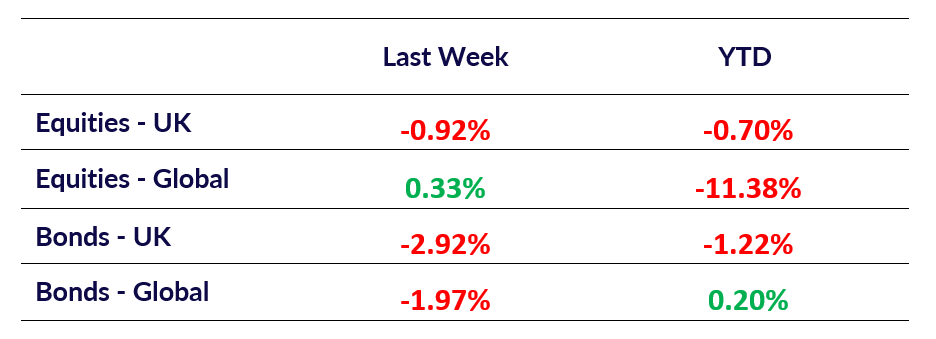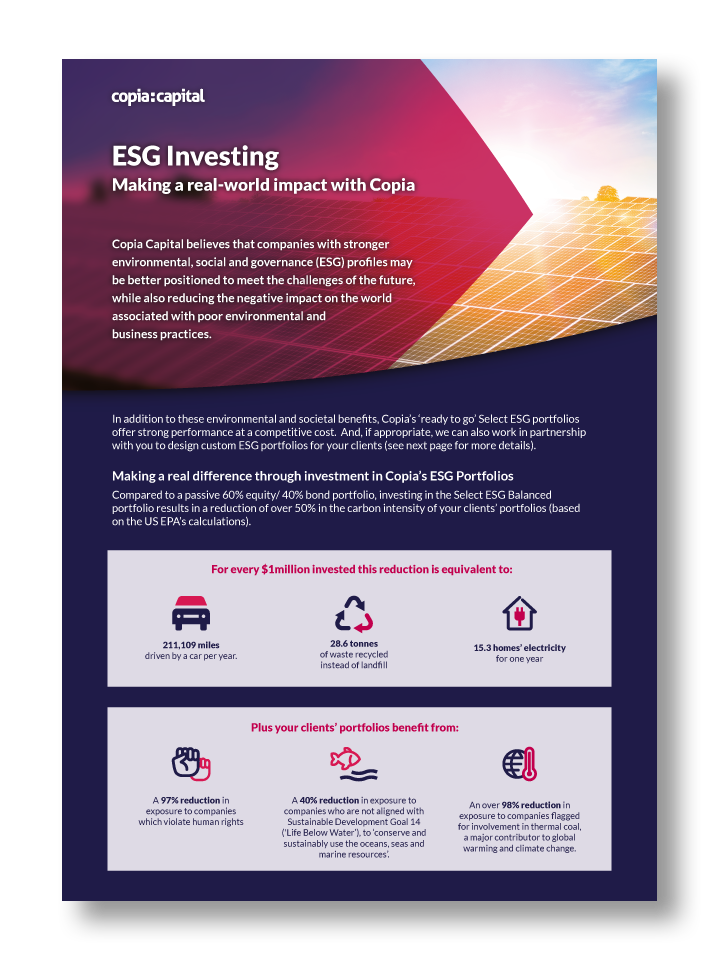The infoshot to help kick-start your week
China Raises US Tariffs to 125% signalling Trade Standoff
China has escalated its trade dispute with the United States, announcing an increase in tariffs on all US goods from 84% to 125%, effective April 12, 2025. This move comes in retaliation to the Trump administration’s decision to raise tariffs on Chinese goods to 145%. Beijing’s Ministry of Finance stated that US goods are no longer competitive in China under current tariff levels, dismissing further US tariff hikes as ineffective and labelling them a “joke.” The Commerce Ministry accused Washington of using excessive tariffs as a tool for coercion, vowing to “resolutely counterattack” if China’s interests are further threatened.
The intensified tariff exchange has raised fears of a broader economic decoupling between the world’s two largest economies, with potential spillover into diplomatic and cultural relations. Chinese authorities have already restricted American films in theatres and issued travel warnings for the US. Financial markets reacted, with S&P 500 futures and European stocks declining, while the US dollar weakened. Experts suggest China’s response is strategic, aiming to project restraint and gain favour with other nations, though both sides remain locked in a standoff with no clear path to de-escalation.
UK Economy Grows 0.5% as Factories Ramp Up Before US Tariffs
The UK economy expanded by 0.5% in February 2025, marking its strongest growth in nearly a year, driven by a 2.2% surge in manufacturing output. Factories boosted production to build inventories ahead of anticipated US tariffs, pushing UK goods exports to the US to their highest level since late 2022.
All major sectors, including services and manufacturing, contributed to the gains, with exports to the US rising 7% in February. The figures signal a robust first quarter, with GDP on track for 0.6% growth, a positive for the Labour government. However, economists warn the boost may be short-lived as US tariffs threaten global trade stability. The pound strengthened slightly, and bets on Bank of England rate cuts eased, though a May cut remains likely. Despite the uptick, the economic outlook remains uncertain as global markets grapple with tariff-related volatility.
ECB Poised for Rate Cuts Amid Uncertainty Over US Policy
The European Central Bank (ECB) is expected to lower borrowing costs by a quarter-point in April and June 2025, bringing the deposit rate to 2%, where it’s likely to hold through 2026, according to a Bloomberg survey of economists. These moves are heavily influenced by US President Donald Trump’s unpredictable trade policies, which have destabilized global markets and heightened risks to euro-area growth. Trump’s recent tariff pause offers temporary relief, but his ongoing trade disputes, particularly with China, continue to cloud the outlook. Economists warn that the ECB’s decisions are increasingly shaped by external uncertainties, with some suggesting rates may need to dip below neutral to bolster the economy.
The STOXX Europe 600 Index remains down 8% since Trump’s tariff announcements, reflecting market unease. While inflation risks are balanced, downside growth concerns dominate for 2025 and 2026. The ECB faces a delicate balancing act, needing flexibility to navigate potential inflationary pressures from German fiscal stimulus while responding to global trade disruptions.

Coming Up:
- CNY GDP Data, Wednesday 16th April 2025 at 3:00am
- US Fed Chair Powell Speech, Wednesday 16th April 2025 at 6:15pm
- ECB Interest Rate Decision, Thursday 17th April 2025 at 2:15pm
Notice:
For regulated financial advisers and investment professionals only, Copia does not provide financial advice, and the contents of this document should not be taken as such. The performance of each asset class is represented by certain Exchange Traded Funds available to UK investors and expressed in GBP terms selected by Copia Capital Management to represent that asset class, as reported at previous Thursday 4:30pm UK close. Reference to a particular asset class does not represent a recommendation to seek exposure to that asset class. This information is included for comparison purposes for the period stated but is not an indicator of potential maximum loss for other periods or in the future.


